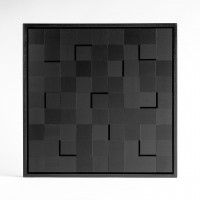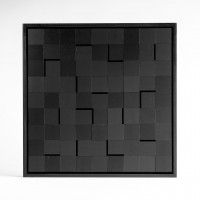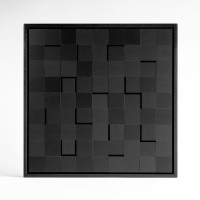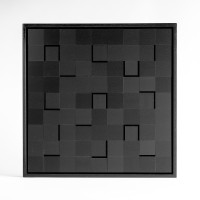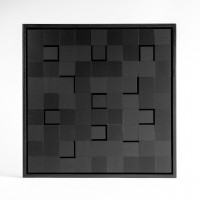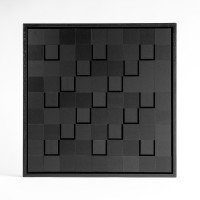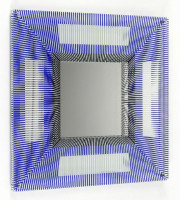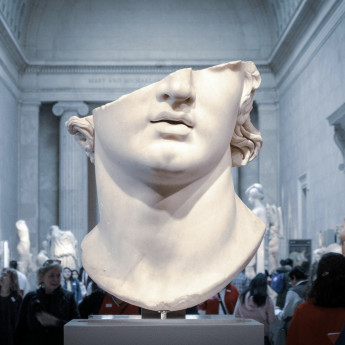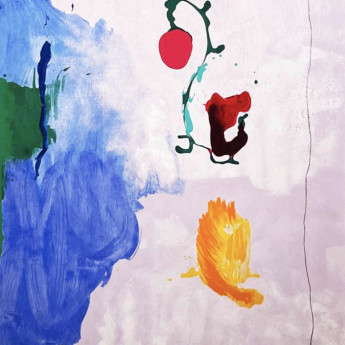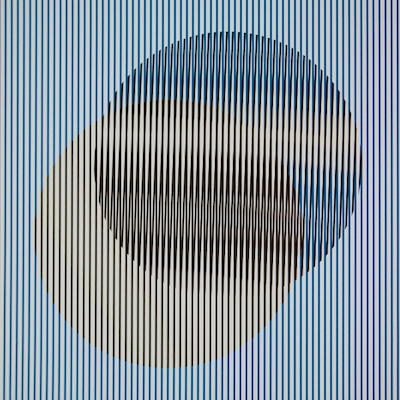



Details
Artist
Styles
In wooden frame. Actual work is 50cm x 50cm x 2cm; medium - paper, signature in pencil at the front // Sin Título 3 (Untitled 3) by Luis Tomasello, created in 2012, is a mixed-media piece that explores light, shadow, and spatial perception. Composed of a grid of small, raised squares on a flat, white surface, the arrangement allows light to cast delicate, soft shadows that shift as the viewer changes perspective. The work’s minimalist aesthetic and repetitive geometry create a subtle yet dynamic visual effect, as the interplay of light and shadow produces a sense of depth and movement. This piece exemplifies Tomasello’s interest in kinetic and optical art, transforming a static object into an experience of shifting perception.
s/t 3, 2012
form
Medium
Size
58 x 58 X 5 cm
- Inches
- Centimeters
Edition
Price
- USD
- EUR
- GBP
Details
Artist
Styles
In wooden frame. Actual work is 50cm x 50cm x 2cm; medium - paper, signature in pencil at the front // Sin Título 3 (Untitled 3) by Luis Tomasello, created in 2012, is a mixed-media piece that explores light, shadow, and spatial perception. Composed of a grid of small, raised squares on a flat, white surface, the arrangement allows light to cast delicate, soft shadows that shift as the viewer changes perspective. The work’s minimalist aesthetic and repetitive geometry create a subtle yet dynamic visual effect, as the interplay of light and shadow produces a sense of depth and movement. This piece exemplifies Tomasello’s interest in kinetic and optical art, transforming a static object into an experience of shifting perception.
- Recently Added
- Price (low-high )
- Price (high-low )
- Year (low-high )
- Year (high-low )
What is Latin American art?
Latin American Art is a style which takes inspiration from its culture, society, politics, native traditions, religions and landscape. Op-Art and Kinetic Art figure prominently in Latin artworks. Colors in Latin American compositions are often bold. Latin American artists work in all media and movements.


